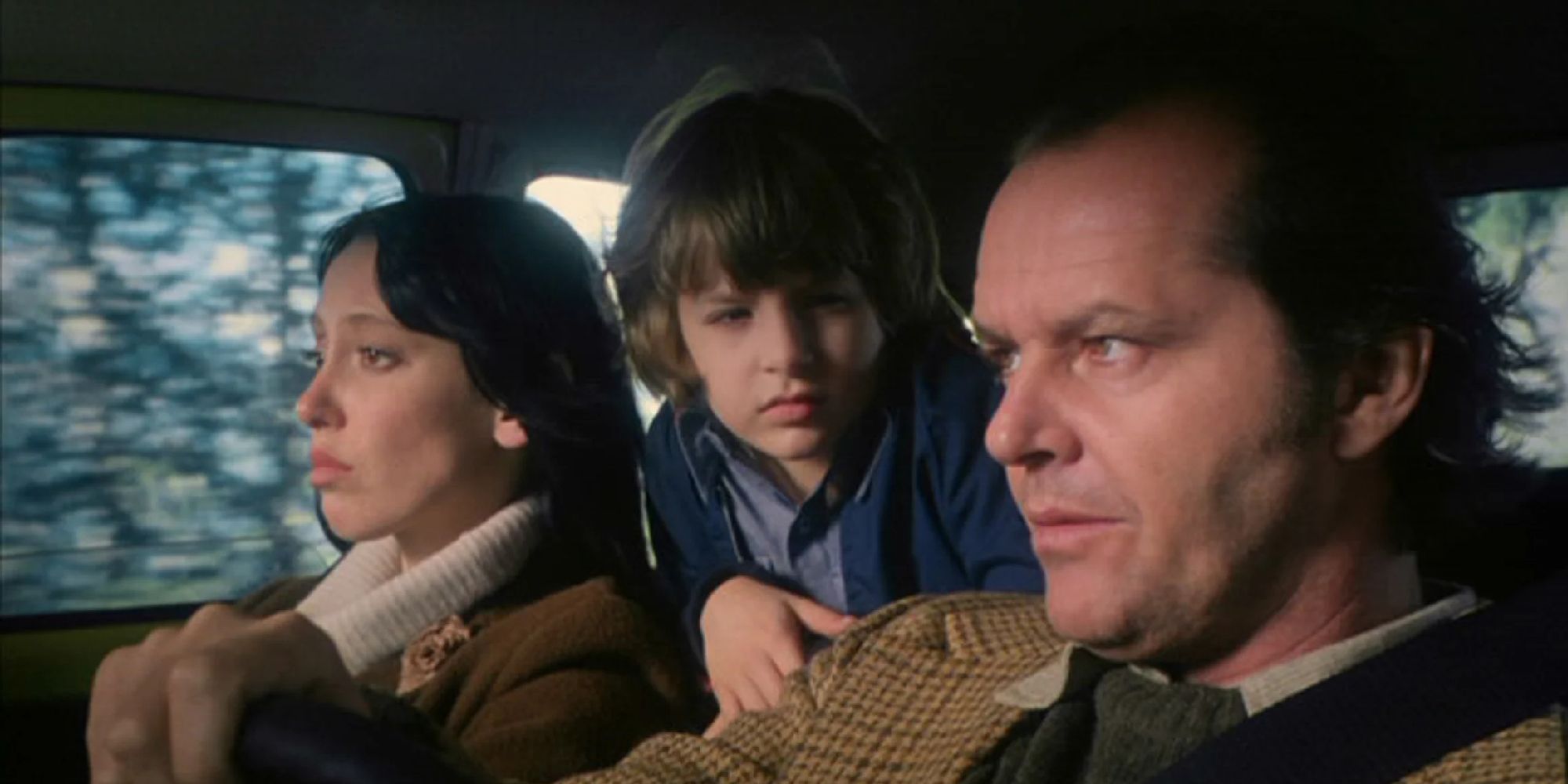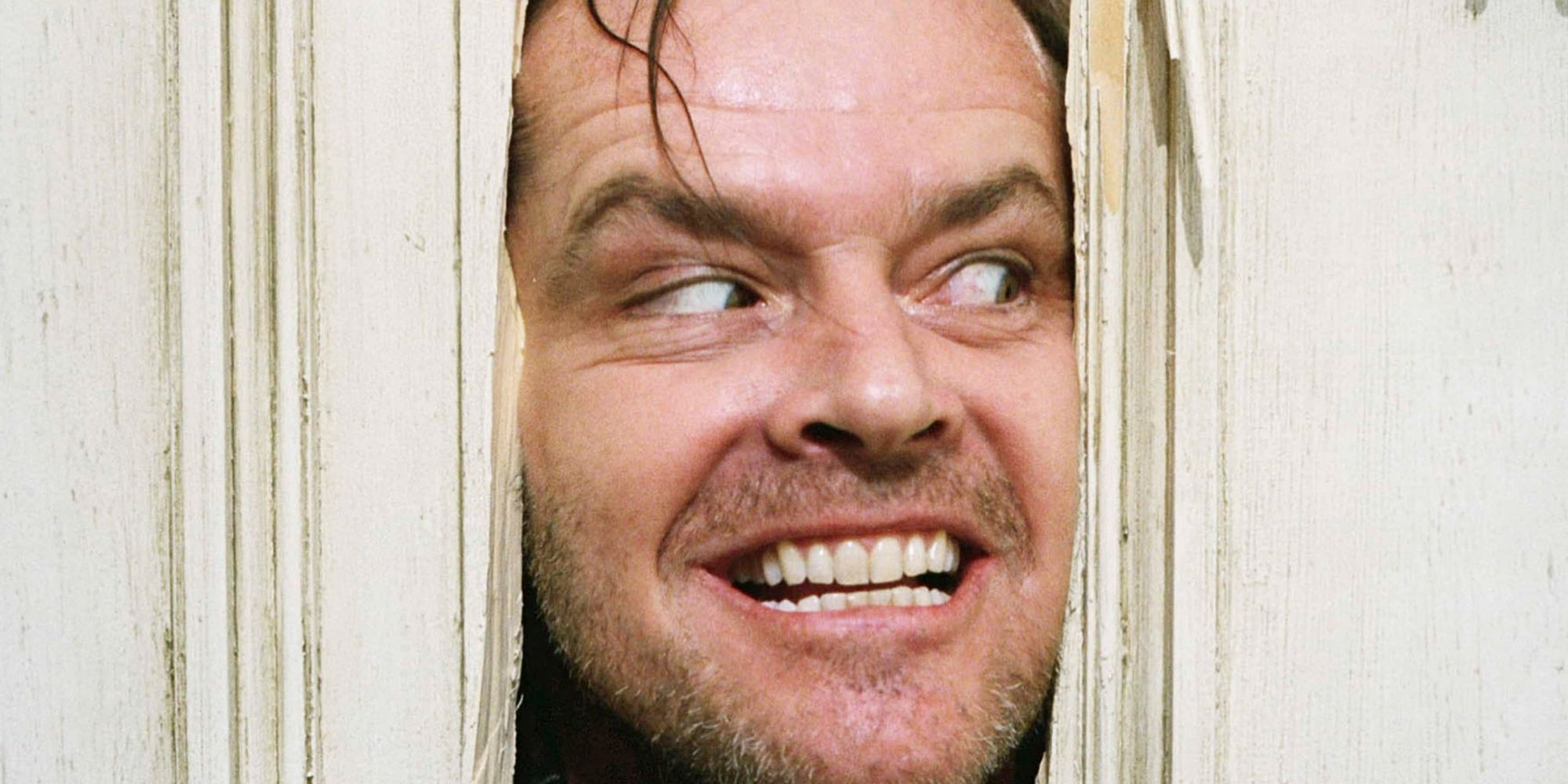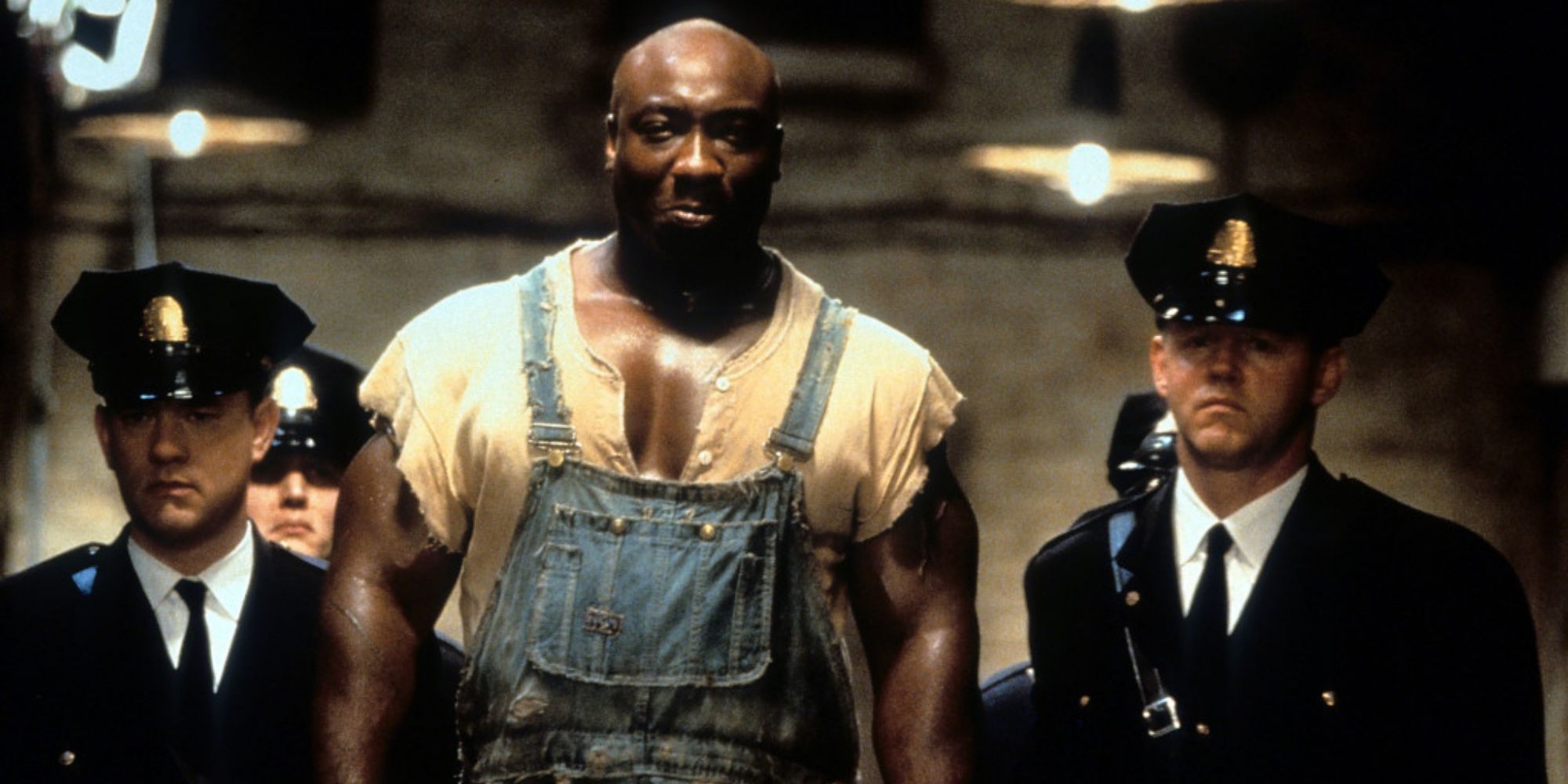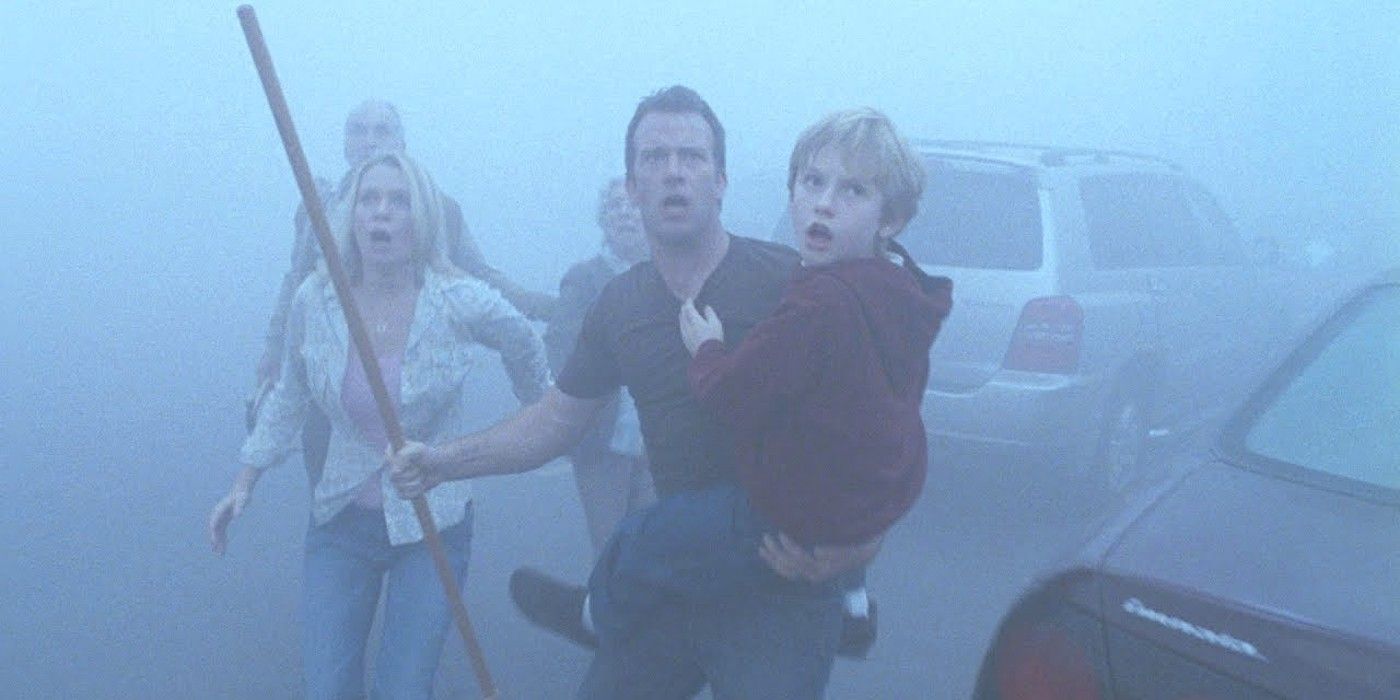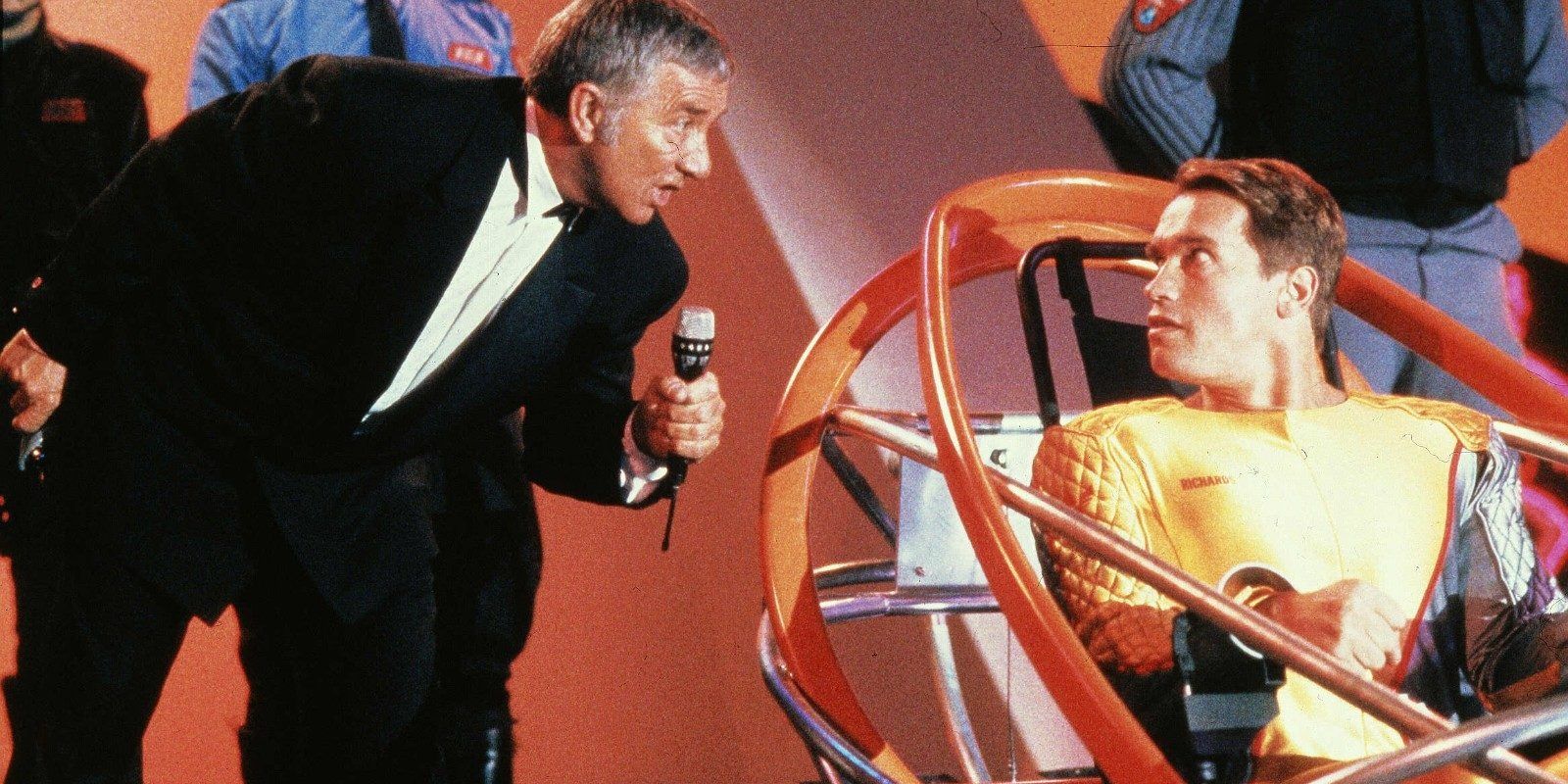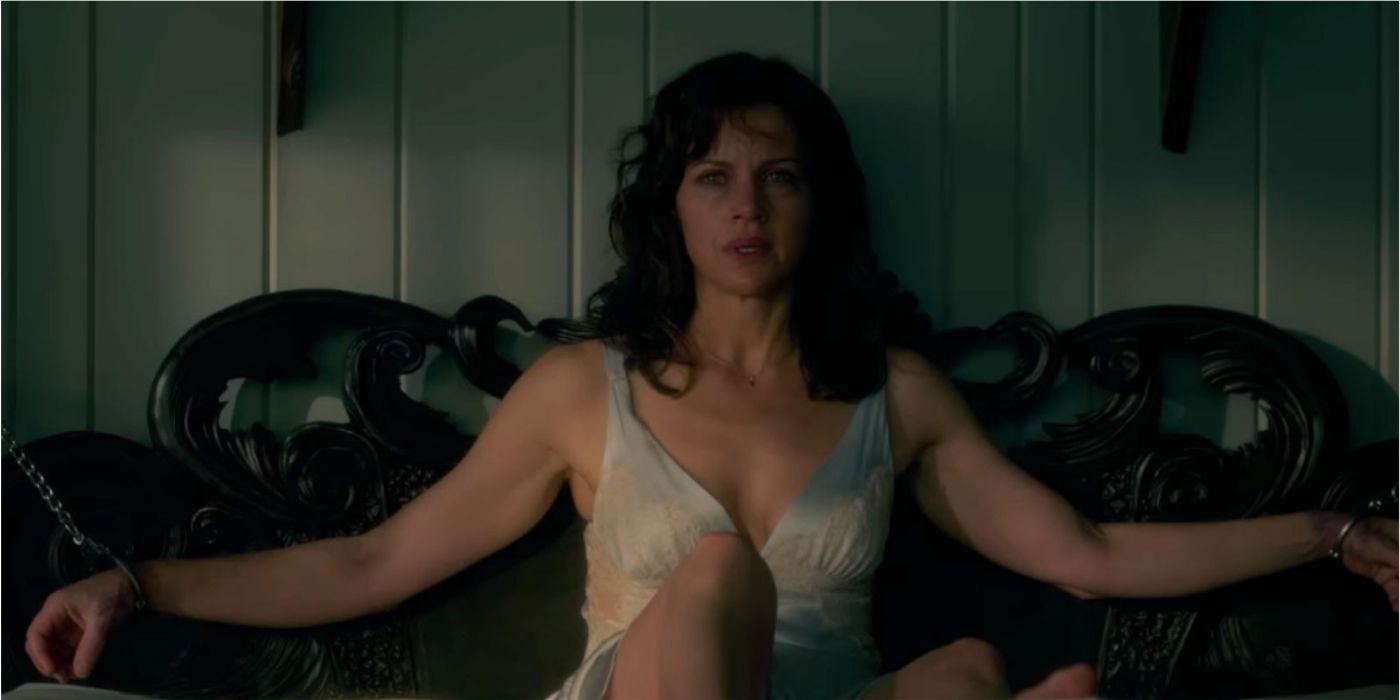Stephen King easily sits amongst the highest echelon of horror authors, possibly the most influential creator of the modern era. His work has been clearly influenced by the art and literature that inspired him, and his work has inspired some of the best and the worst of horror cinema.
There have been around ninety film adaptations of Stephen King's work. Some are beloved classics that jump to the mind immediately, others are cult hits that fans wouldn't immediately know as King's, and still, others are unfortunate black marks on the author's legacy. With adaptation, changes often have to be made, for better or for worse. Some of the most memorable moments in Stephen King-inspired cinema may have never crossed the mind of the iconic King of Horror.
The Shining (1980) and The Shining (1997)
When people hear the name Stephen King, there's a good chance they see the image of Jack Nicholson in their head. Stanley Kubrick's 1980 adaptation of The Shining is one of the best-received and most heavily discussed films of all time. Stephen King famously despises this loose but beloved take on his 1977 classic. There are a ton of substantial differences between Kubrick's version and King's, but thankfully, the author went so far as to craft his own TV miniseries to rectify every perceived misstep of this cinematic classic.
From Wendy's personality to Danny's powers to Jack's writing project, there are countless ways that Kubrick deviates from the source material. Debating which version is superior is a matter of personal taste, but few, other than King himself, will argue against Kubrick's masterpiece. This argument spilled over into Mike Flanagan's masterful 2019 adaptation of Doctor Sleep, which cleverly interwove the two stories and served as a satisfying conclusion to both.
The Green Mile
Many hugely influential directors have a Stephen King adaptation in their catalog, but if there's one gifted filmmaker well-known primarily for reimagining his work, it's Frank Darabont. Aside from the outstanding first season of The Walking Dead, most of Darabont's best-known catalog began its life as a story penned by King. The Green Mile is Darabont's second brush with King's work, after his universally beloved 1994 adaptation of The Shawshank Redemption.
There are quite a few changes throughout the narrative, from the size of John Coffey to the tragic fate of the pet mouse Mr. Jingles. Perhaps the most impactful change comes near the end when Paul explains that his long life has been marked by yet one more tragedy. Paul's wife Jan dies in a catastrophic bus crash, leaving John's ghost watching over the pair. This tragic death was excised entirely from the film adaptation, saving the audience from another tragic death.
The Mist
Frank Darabont's third Stephen King adaptation is perhaps his most underrated. 2007's The Mist isn't as universally beloved as The Green Mile or The Shawshank Redemption, but it is one of the best horror films of the 2000s. The biggest change of Frank Darabont's take on King's 1980 novella occurs in its final moments, so heavy spoilers ahead for both versions of the story. King's Mist ends as the survivors pile into a car and drive into the opaque fog, with nothing but a fuzzy radio message to guide them.
Darabont's Mist, however, ends on a much harsher note. The survivors are without guidance and, faced with the terror of what lies in the mist, decide to take their own lives. David shoots all of them, leaving only himself alive. He marches out into the fog to die, only to find the full force of the army there to save them. David falls to his knees as he realizes the weight of what he's done, only moments from being rescued. Darabont's version is miserable on a staggeringly impressive scale, and King reportedly appreciated this change.
The Running Man
Perhaps the most tenuous connection to the narrative that inspired it, Paul Michael Glaser's 1987 adaptation of King's 1982 novel is a dystopian action classic. Few would pin this Arnold Schwarzenegger vehicle as a Stephen King project, and for good reason, because the film bears almost no similarity to the novel. The general idea of a game show based on evading and hunting down hired killers is the only aspect the film keeps. Pinning down a single change is difficult, but it probably revolves around Schwarzenegger's lead character. In the novel, he's a mild-mannered everyman, in the film, he's an ex-cop. This change in combat expertise is the primary change that shifts the narrative from paranoid horror to campy action.
Gerald's Game
Mike Flanagan's first Stephen King adaptation is a stellar psychological thriller that makes only a couple of substantial changes from the novel. Both works tell the story of Jessie, a woman handcuffed to a headboard after the sudden death of her husband. Gerald's death comes during a vicious argument in the film, but in the book, he suffers a heart attack after Jessie kicks him in the chest in self-defense.
This element of culpability changes the early moments of Jessie's predicament. Perhaps more importantly, the film distills the voices that reach out to Jessie as she tries to escape. While the book features four figures from her past that offer unique perspectives, the film allows the guidance to come from a self-assured version of Jessie herself. This cleverly keeps the narrative moving and offers a single powerful voice throughout most of the film.

